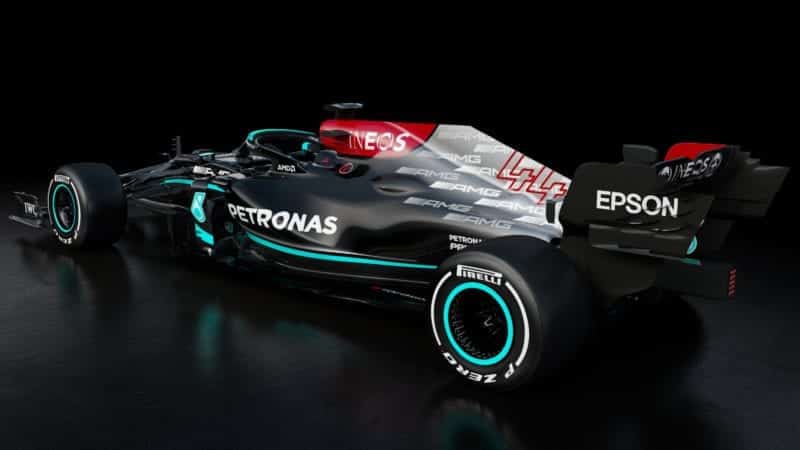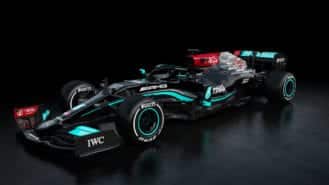Changes haven’t just focused on the ‘K’ either. Thomas says the team quickly identified three key areas to improve, and the introduction of new materials in the construction of the power unit is expected to give greater efficiency throughout the year.
“We’ve continued our quest for better thermal efficiency in the Internal Combustion Engine. Most of the developments can be found in the core of the Power Unit, with a desire for maximum output from the combustion process.
“Hand in hand with that, we’ve introduced changes to the turbocharger to minimise the impact on the heat rejection. Those are probably the most striking when it comes to crank power and the performance of the Power Unit.
“We’ve also completed some work on improving the reliability of the PU. In 2020, we used an aluminium structure which wasn’t as reliable as intended, so we’ve introduced a new alloy for the engine block. We’ve also made some adjustments to the Energy Recovery System, to make it more resilient.
“We’ve got a big challenge in 2021 with 23 races on the calendar, we will need to ensure that the reliability of the Power Unit is spot on. We’ve worked hard on that area and hopefully it’s paid off.”
“We need to make sure to introduce that performance upgrade at the right time to extract the maximum gain for the season”
Thomas also revelaed that as part of the new restrictions implemented as a result of the pandemic on power unit development, it will bring a single update to its power unit during the 2021 season. A reduction in dyno hours and permitted updates to engines will make the introduction of power upgrades much more tactical this season.
“We agreed to a reduction in dyno hours and that has an impact on our operation. It’s similar to how wind tunnel usage has seen restrictions for a number of years, but we had to implement the restrictions with immediate effect for the dyno.
“Now, we need to decide earlier what projects to focus on, because we can’t afford to use precious dyno hours on ideas that end up not making it to the car. In addition, we also reduced the permitted number of performance upgrades to one per manufacturer per year.
“So, the performance gains you normally saw spread out across the year will now have to be packaged together strategically. That also has a sizeable impact on us, as we need to make sure to introduce that performance upgrade at the right time and with the right improvements to extract the maximum gain for the season.”
The team launched its W12 on Tuesday but while the team has traditionally given its new challengers a run-out at Silverstone using a filming day as a shakedown, the ’21 car will not see the track until pre-season testing begins on March 12 in Bahrain.


